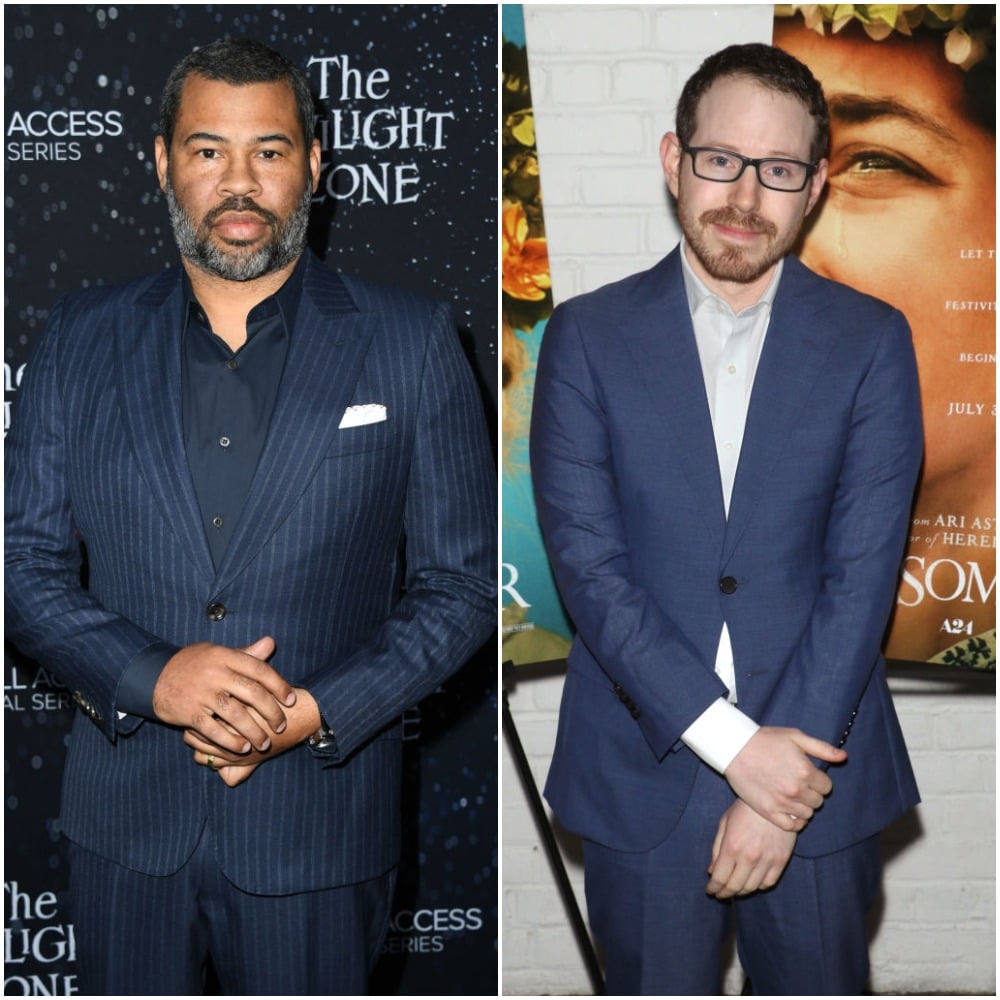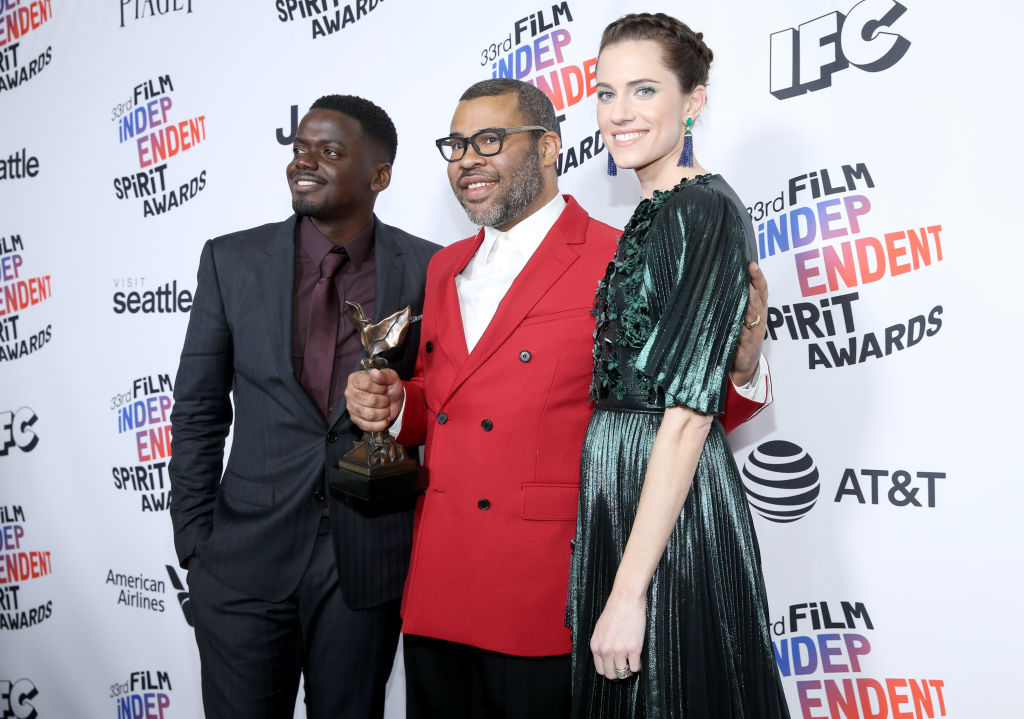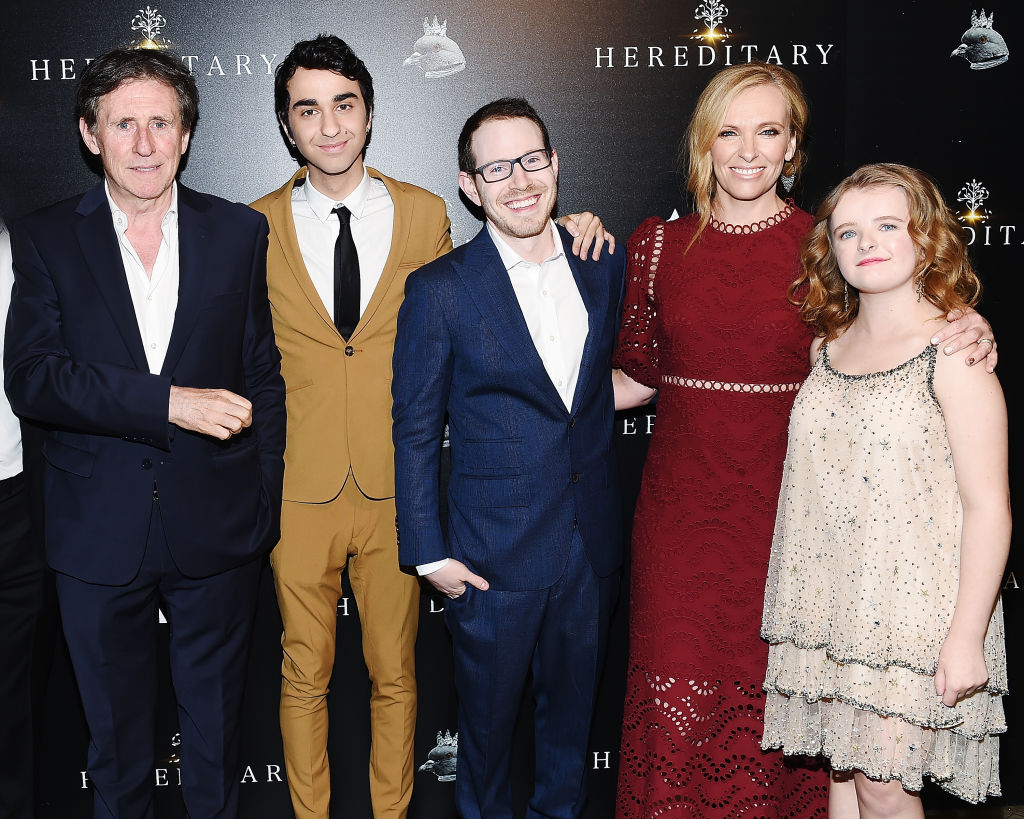Jordan Peele vs. Ari Aster: How the Directors Redefined American Horror
Remember when the scariest movies were about vampires and zombies? Now, modern horror flicks have flipped the script and shined a light into that dark place where terror truly lies: within ourselves.
Directors Jordan Peele and Ari Aster are perfect examples of this redefinition of American horror, as their films awaken our innermost anxieties about failing relationships, social issues, and the demons we inherit from those closest to us. Yikes!

So how has the work of Peele and Aster influenced, and quite possibly redefined, the horror genre?
Exploring uncomfortable topics
“Do they know I’m black?” Chris, the main character from Peele’s film Get Out, asks his girlfriend before traveling to meet her family for the very first time. With this question being one of the first spoken lines in the film, Peele has already established a tense cinematic foundation from which only more horror can grow. Race and the social issues surrounding it are one of the most prevalent themes in Get Out.
The story is centered around a disastrous “meet the parents” scenario when Chris uncovers something terrifying about his new girlfriend’s parents. The film is full of lines and visuals that exist to make the viewer squirm a little.

Peele and Aster’s films can only be described as social horror flicks with every shot, every quote and every scene purposefully created to send a message.
This trend continued with Peele’s latest film, Us, about a family trip gone awry when a group of their doppelgangers invades their vacation home. Throughout both films, the viewer can find some bits of subtly horrifying social commentary like the purpose of cell phones in Get Out or the actual mission of the doppelgangers in Us.
On its own, these messages are simply creepy elements to carry the story, but when examined through a wider lens, the implications are far scarier than a brief jump scare.
Aster’s films accomplish a similar feat with themes of relationships and grief. Both Midsommar and Hereditary show the results of the human brain and spirit being pushed past its emotional and psychological limits, and the results are horrific. The films explore mental illness, death, familial trauma and the true terror of human nature.
By exploring these uncomfortable themes and topics, Aster and Peele create worlds that evoke fear with characters that feel very close to us and situations that aren’t too far from reality.
Testing the limits

Aster’s Hereditary and Midsommar both feature very specific moments that sparked a very visceral, genuine reaction among audiences in theaters. These scenes encouraged such a reaction because they took chances and tested the boundaries of what audiences can and cannot handle in a horror movie.
Aster accomplishes this by testing another limit: the limit of the physical human form and its psyche. In Hereditary, for instance, a character’s death is shown in a very gruesome, unforgiving way but that isn’t where the horror comes from. The horror comes from the utter realism of the gore and both the implications and consequences of the character’s demise.
Peele’s Get Out accomplishes a similar feat, but with tone and a socially-conscious atmosphere rather than gore and gruesome imagery. For instance, the ending of Get Out took the breath away from many filmgoers. The second to final shot is enough to tie a knot in anyone’s stomach due to the social climate the film was released into and the controversy over the real-life corresponding subject matter.
This is where social horror transcends beyond jump scares and loud sounds. By testing the psychological boundaries of audiences around the world and addressing difficult, controversial topics in their films, Aster and Peele have sparked a movement to redefine and reshape American horror into something very human.


